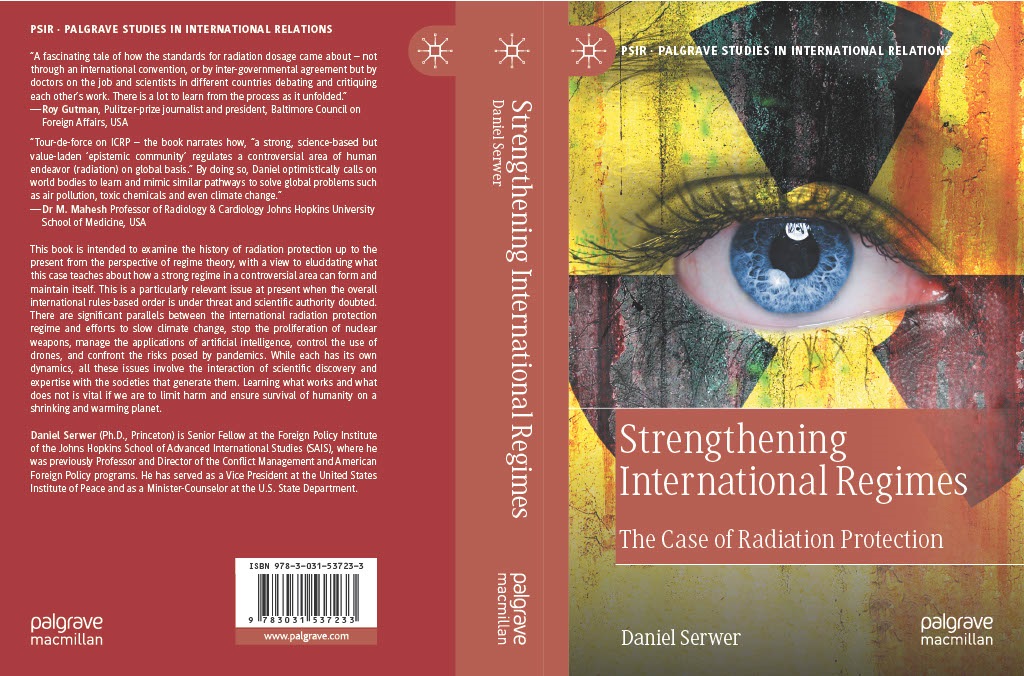Righting the civilian/military balance
Someone might imagine that I would be unhappy with the President’s strategic guidance for the Defense Department, released last week. It reiterates many of the U.S. military’s more traditional roles: counter-terrorism and irregular warfare, deterring and defeating aggression, projecting power, countering weapons of mass destruction, maintaining nuclear deterrence. It also re-emphasizes some relatively new areas: outer space and cyber space as well as support to homeland defense. Its implications in many of these areas are unclear, maybe even still undetermined. Certainly who watch the Defense budget more than I do aren’t sure yet.
But it includes a clear and unequivocal step back from stability operations like those in Iraq and Afghanistan (and before in Bosnia and Kosovo), the design and implementation of which preoccupied me for at least 15 years. This is the President’s guidance on stability and counterinsurgency operations:
In the aftermath of the wars in Iraq and Afghanistan, the United States will emphasize non-military means and military-to-military cooperation to address instability and reduce the demand for significant U.S. force commitments to stability operations. U.S. forces will nevertheless
be ready to conduct limited counterinsurgency and other stability operations if required,operating alongside coalition forces wherever possible. Accordingly, U.S. forces will retain and continue to refine the lessons learned, expertise, and specialized capabilities that have been developed over the past ten years of counterinsurgency and stability operations in Iraq and Afghanistan. However, U.S. forces will no longer be sized to conduct large-scale, prolonged stability operations.
In another section of the document, the guidance also suggests that U.S. forces will be:
...able to secure territory and populations and facilitate a
transition to stable governance on a small scale for a limited period using standing
forces and, if necessary, for an extended period with mobilized forces.
Surprise: I find all of this eminently reasonable, provided the civilian and reserve capacities are built up in a serious way. It is a mistake to use active duty fighting forces in roles that might be carried out at least as effectively by civilians, whether government officials or contractors. Our non-military means are however still lacking. Despite Hillary Clinton’s well-intended Quadrennial Diplomacy and Development Review, we are still far from having in the State Department and USAID the capabilities required.
This matters. It was the lack of civilian capacity to deal with post-victory stability and governance in Afghanistan that allowed the Taliban to regroup and regenerate. It was the lack of civilian capacity to deal with post-victory stability in Iraq that turned a quick victory into an eight-year nightmare. If ever we need to deal with a post-war or post-revolution Iran or Pakistan (whether the war involves the U.S. as a belligerent or not), or even post-Assad Syria, we will clearly lack adequate civilian capacity, and the military’s reservists won’t suffice either.
So yes, let’s get the military out of the peacebuilding/statebuilding/nationbuilding/postconflict stabilization/reconstruction business as much as possible. Let’s use reservists when possible, as we have for years in Kosovo and Bosnia. As civilians in uniform, they have talents and experience that active duty forces often lack. But let’s not forget that we might still have to do these things, despite the best intention of the Administration to avoid it. If even 10 per cent of what the military saves in following the President’s strategic guidance were to be spent on civilian capacity, it might be enough. But there is no sign of anything like that happening yet.
So yes, I am happy with the strategic guidance, but it has to be backed up with budgetary allocations to the civilian side of our foreign policy apparatus to make it practical. Righting the balance requires not just words but money and people.




 RSS - Posts
RSS - Posts
